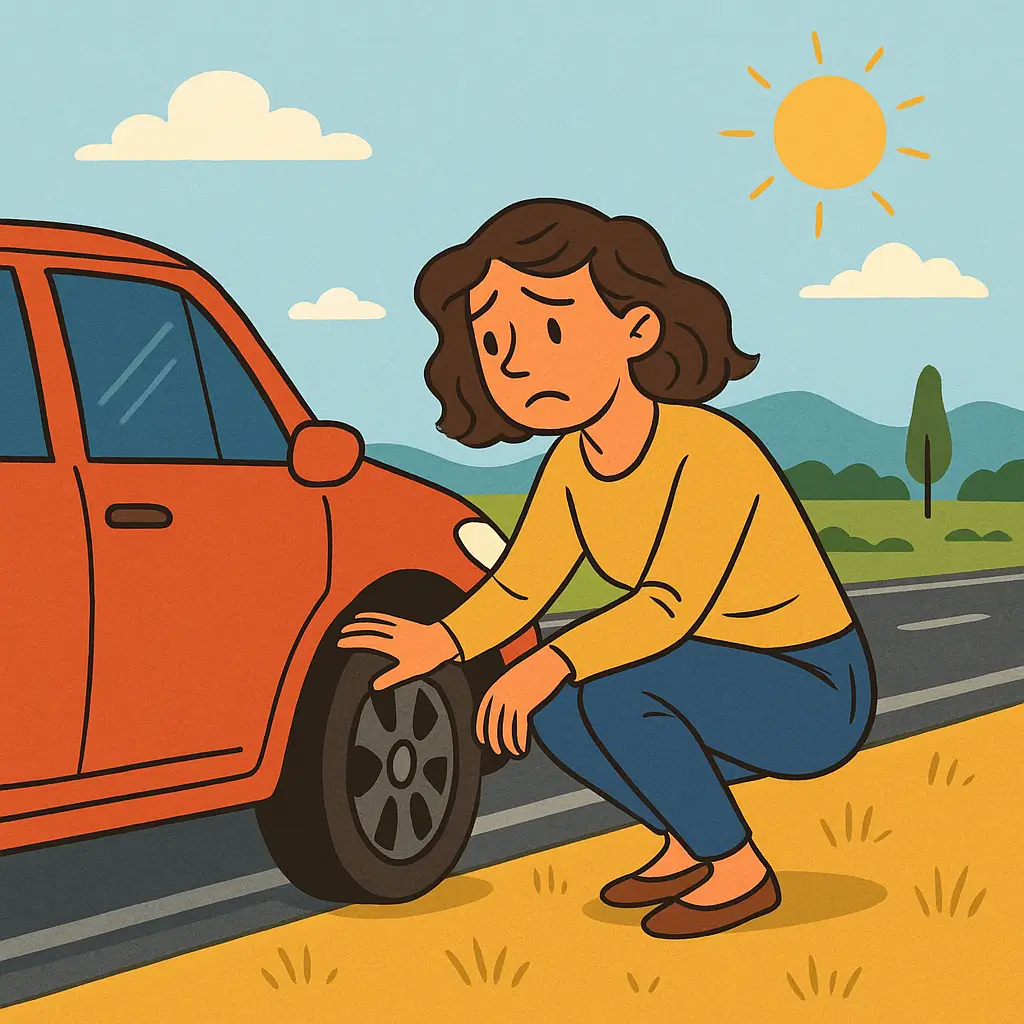Bipolar Disorder (BD) and Borderline Personality Disorder (BPD) are two mental health conditions that are commonly confused with each other. Both disorders can cause significant impairment in social and occupational functioning. However, it is important to understand the differences between these two disorders as they require different treatments.
What is Bipolar Disorder?
Bipolar disorder, also known as manic-depressive illness, is a mental health condition characterized by extreme mood swings. People with bipolar disorder experience periods of mania or hypomania, where they feel extremely energetic, happy, or irritable. They also experience periods of depression, where they feel sad and hopeless, and lose interest in activities they once enjoyed. There are two main types of bipolar disorder: bipolar I and bipolar II.
What is Borderline Personality Disorder?
Borderline personality disorder is a mental health condition characterized by pervasive instability in mood, self-image, interpersonal relationships, and behaviour. People with BPD often have intense and unstable emotions, difficulty regulating their emotions, and impulsive behaviour. They may also struggle with feelings of emptiness, fear of abandonment, and unstable relationships.

Mood Swings
Both bipolar disorder and BPD are characterized by mood swings. However, the nature of these mood swings is different. In bipolar disorder, mood swings are often extreme and can last for weeks or months. People with bipolar disorder experience periods of mania or hypomania, where they feel extremely happy, energetic, and productive. They may also experience periods of depression, where they feel sad, and hopeless, and lose interest in activities they once enjoyed.
In contrast, people with BPD experience frequent and intense mood swings that can last for hours or days. Their moods may shift rapidly, from feeling extremely happy to feeling sad or angry. People with BPD may also have more difficulty regulating their emotions than people with bipolar disorder.
Mania and Hypomania
Mania and hypomania are symptoms of bipolar disorder, but they are not present in BPD. Mania is a state of elevated or irritable mood, increased energy, decreased need for sleep, grandiosity, racing thoughts, and increased risk-taking behaviour. Hypomania is a milder form of mania that lasts for at least four days and does not cause significant impairment in social or occupational functioning.
Depression
Both bipolar disorder and BPD can cause depression. However, in bipolar disorder, depression is a distinct episode that is separate from manic or hypomanic episodes. People with bipolar disorder may experience periods of depression that last for weeks or months, and they may have more severe symptoms of depression than people with BPD.
In contrast, people with BPD may experience chronic feelings of emptiness and may be more likely to have suicidal thoughts or engage in self
Emotional Instability
Emotional instability is a hallmark symptom of BPD, while it may not be as prominent in bipolar disorder. People with BPD may experience intense and unstable emotions, including anger, anxiety, and sadness. They may also have difficulty regulating their emotions and may have intense reactions to minor events.
In bipolar disorder, emotional instability may be present during manic or depressive episodes. People with bipolar disorder may feel overly excited or irritable during manic episodes or experience intense sadness during depressive episodes. However, the emotional instability in bipolar disorder is typically not as pervasive as it is in BPD.
Self-Harm and Suicidal Thoughts
Self-harm and suicidal thoughts are more common in people with BPD than in people with bipolar disorder. People with BPD may engage in self-harming behaviours such as cutting, burning or hitting themselves. They may also have recurrent thoughts of suicide or self-harm.
In bipolar disorder, suicidal thoughts and behaviours may occur during depressive episodes. However, self-harm is less common in bipolar disorder than it is in BPD.
Impulsivity
Impulsivity is a common feature of both bipolar disorder and BPD. However, the nature of impulsivity may be different. People with bipolar disorder may engage in impulsive behaviours such as overspending, substance abuse, or risky sexual behaviour during manic or hypomanic episodes.
In contrast, people with BPD may engage in impulsive behaviours that are more related to their emotions, such as binge eating, shoplifting, or reckless driving. They may also engage in self-harming behaviours impulsively.
Cognitive Distortions
Cognitive distortions, such as black-and-white thinking or catastrophic thinking, may be present in both bipolar disorder and BPD. However, the nature of these distortions may differ. In bipolar disorder, cognitive distortions may be more related to the person's mood state. For example, during a depressive episode, they may have negative thoughts about themselves or the future. During a manic episode, they may have grandiose or delusional thoughts.
In BPD, cognitive distortions may be more pervasive and related to the person's self-image or relationships. For example, they may have negative thoughts about themselves as a person, feel as though they are unlovable, or fear abandonment.
Trauma and Attachment Issues
Trauma and attachment issues may be more prevalent in people with BPD than in people with bipolar disorder. People with BPD may have a history of childhood trauma or neglect, which may contribute to their emotional instability and difficulty regulating their emotions. They may also struggle with attachment issues, such as fear of abandonment or rejection.
While trauma and attachment issues may also be present in people with bipolar disorder, they are not as common as they are in BPD.
Treatment Options for Bipolar Disorder
Treatment options for bipolar disorder may include medication, such as mood stabilizers or antipsychotics, and psychotherapy, such as cognitive-behavioural therapy (CBT) or interpersonal therapy. The goal of treatment is to stabilize the person's mood and reduce the frequency and severity of manic and depressive episodes.
Treatment Options for BPD
Treatment options for BPD may include medication, such as antidepressants or mood stabilizers, and psychotherapy, such as dialectical behaviour therapy (DBT) or schema therapy. The goal of treatment is to help the person regulate their emotions, improve their interpersonal relationships, and reduce self-harming behaviours.
Co-Occurrence of Bipolar Disorder and BPD
It is not uncommon for people with bipolar disorder to also have BPD, and vice versa. The co-occurrence of these two disorders can make diagnosis and treatment more challenging, as the symptoms of each disorder can interact and exacerbate each other.
Conclusion
In conclusion, while bipolar disorder and BPD share some similarities, there are also important differences between the two disorders. Bipolar disorder is primarily a mood disorder characterized by manic and depressive episodes, while BPD is a personality disorder characterized by emotional instability, impulsivity, and difficulty with interpersonal relationships.
It is important for individuals who are experiencing symptoms of mood instability or emotional dysregulation to seek professional help from a mental health provider. With the right diagnosis and treatment, individuals with bipolar disorder or BPD can achieve symptom remission and improve their quality of life.















